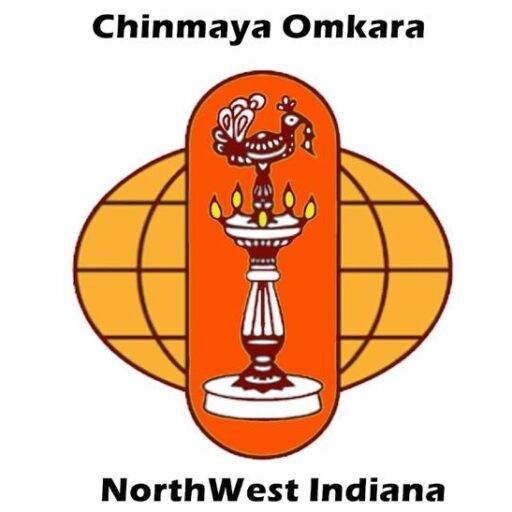Vairagi
Summary of last session ( February 5) by Shri. Mohan Khandekar.
Shri Vijay ji started the session with some fascinating facts about Ramcharit Manas.
After 600 years, the researchers are still coming up with new revelations every day.
Do you know that it contains 80 similes and nearly 800 sub similes?
Understanding them will be possible only by diving deeper into the contents of this epic Granth.
Vijay ji recapped the 38:6 verse where river Sharayu takes its origin from Mansarovar.
He compared it to a thought originating from a heart. He broke the word सरयू with a beautiful meaning.
स= Sita र= Ram यु = युन्ज (joining)
He further expounded the meaning of banks on either side of the river, namely Vedmat and Lokmat.
Vedmat is unchanged. Lokmat represents laws for mankind. In other words Do’s and Don’ts.
Doha 39 describes three types of audience, residing in villages, towns and cities. Some are inattentive, some are confused but some are Knowledgeable as well. (सोता, गोता, समझता).
39:1 Tulsidas ji sings of the magnificence of river Sarayu and river Ganga. The Sharyu, a river with a distinction ( कीर्ती) meets the river Ganga, a river, devoted to Shri Ram.
The river Soan which originates from Amarkantak and unlike other rivers travels from South to North and is considered to be a vairagi ( वैरागी), just like Laxman who represents dispassion.
All these three rivers are as pristine and as pure as the love between brothers Ram and Laxman.
Vijay ji referred to an explanation by Swami Subodhnanda about Bhajan vs Kirtan.
Ramcharit Manas is a kirtan whose kirti spreads everywhere and gives everlasting peace within.
39:2 River Sarayu and river Soan join Ganga, which Tulsidas ji calls Devdhuni (देवधुनी). What can we say about river Ganga?
It runs between the banks of knowledge and dispassion.
This devotee runs passionately to the ocean of Rambhakti and on route removes three obstacles, Adhyatmic, Adhidaivik and Adhibhautika (आध्यत्मिक आधिदैविक अधिभौतिक).
Here Vijay ji touched upon Vedanta philosophy and explained Sankhya Yog with snake-rope analogy.
39:3 While continuing to sing glories of these rivers, Tulsidas ji compares their auspiciousness to purification of minds through knowledge gained by reading Ramcharit Manas. “Situated on the banks of river Sarayu are some beautiful gardens, thick, lush forests full of strange stories” Tulsidas ji writes. They stand for numerous attractions of this material world. A devotee must not fall prey to them and continue his journey of spirituality, Vijay ji cautioned.
39: 4 Many marine animals residing in river Sarayu attended Shiv-Parvati wedding.
Their excitement after learning of Shri Ram’s birth gave rise to many swirls and waves in the river.
Here swirls relate to one who is entangled in His devotion and waves can be compared to a sheer joy of His company.
Doha 40 Tulsidas ji is referring to king Dashrath, his family and captivating stories of four brothers. The word sukrut means good deeds.
One can go close to Him by doing noble things just like a bee derives joy from the fragrance and nectar of various flowers.
Vijay ji comments: Four brothers represent our subtle body (mind, memory, ego and intellect).
Shatrughna after detachment (विवेक) surrenders to Bharat who represents righteousness (धर्म), who submits to Laxaman, who stands for dispassion (वैराग्य), who offers himself to Prabhu Shri Ram.
Harih Aum!
